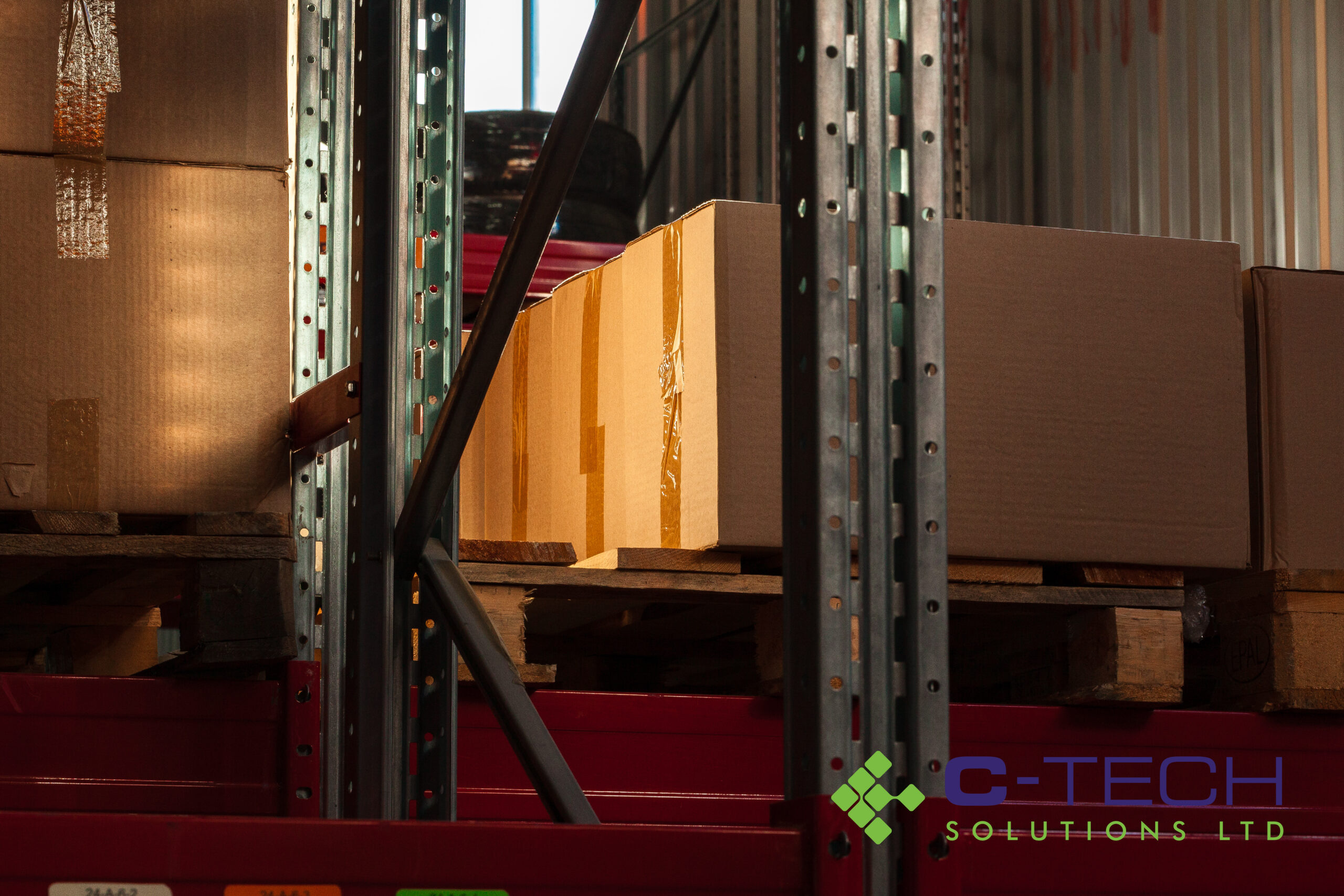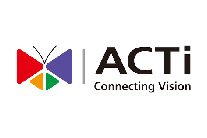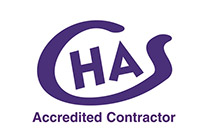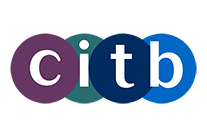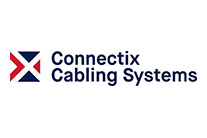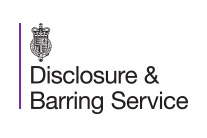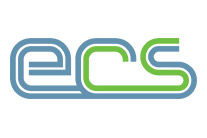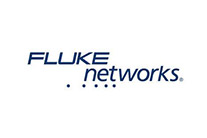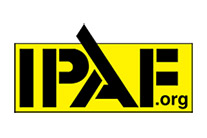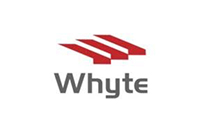8 Reasons Why Schools Should Upgrade Their Networks to Fibre
8th April 2022
As modern education evolves to keep pace with advancing technology and developments in wider society, it’s essential that schools have the right network infrastructure. The Department for Education now advises that all schools should switch to a full-fibre network as soon as possible.

Their main reasons for this are so teachers can maximise the impact of digital learning and enabling schools to save money by using cloud-based solutions. However, switching your school’s network to fibre has many more benefits, and we’ll outline them here.
More effective use of digital media in lessons
Modern classrooms involve more than a pen and paper. Digital learning resources are now integral to learning, from early years right up to university.
But nothing kills a lesson quicker than a video that lags, buffers, or simply won’t play. When this happens, it wastes valuable learning time and kids quickly disengage. Usually, it happens because the school’s network simply can’t handle the demands of streaming.
It’s a huge problem that discourages thousands of teachers from using digital resources in their lessons, and kids are losing out as a result.
Upgrading to a full-fibre network would provide more than enough bandwidth to ensure reliable streaming. And we’re not just talking about watching educational videos. Exciting and immersive educational tools such as digital simulations and even virtual reality are becoming increasingly popular in schools.
What’s more, video-links with experts are becoming an increasingly popular feature of teaching. What a fantastic experience for students when they can chat with the famous professor they’ve been reading about via a video conference.
But these things are only possible with a highly-capable network.
Support more devices
As digital learning expands, the number of devices connected to a school’s network is increasing. It’s not uncommon for every child in a school to have their own laptop, as well as a set of iPads shared between a group of classes.
Considering too that every staff member is likely to have one or more devices connected to the network, you’ll need a lot of bandwidth.
Upgrading to full-fibre is the most reliable way to ensure your network can support that many devices both now and in the future, as digital learning continues to grow.
Enable cloud-based storage
Up until recently, most schools used physical internal servers to store their data. This was both costly and inefficient.
The finite storage space meant that schools had to regularly manually delete huge amounts of data or risk exceeding the limit and crashing the server. Maintaining the servers also involved considerable effort and cost.
However, the superior performance of fibre networks means that cloud-based servers are now a much more accessible option. These involve storing all of your school's files and data on an external server, such as Google Drive or Microsoft’s OneDrive.
Not only does this remove the burden of maintaining a physical server, but it’s more secure and easier for teachers to access from home, so it’ll streamline their workload.
It’s only possible with a strong network that ensures a fast and reliable connection, which fibre provides.
Ensure effective remote learning
The Covid pandemic and the subsequent lockdowns led to the widespread emergence of remote learning.
Teachers adapted by using the internet to continue educating children. Resources were uploaded to cloud-based platforms such as Google Classroom, and lessons were recorded or live-streamed.
These practices have been developed and refined and are now a regular feature in schools. Fibre networks ensure sufficient speed and bandwidth to deliver remote learning effectively.
Streamlined administration
Schools are responsible for the safety of hundreds, if not thousands of young and vulnerable people, as well as their staff.
Fibre networks enable schools to implement the highest levels of both physical and digital security measures.
Enhanced security
Schools now have robust security features such as door control systems, intercoms and surveillance.
To keep students safe, it’s paramount that these are always working at their optimal level, as failures and deficiencies can put children at risk.
Fibre networks ensure the highest level of reliability for security systems. It can even support connections between the school network and the police or security services so they can monitor directly.
Physical security
Copper cables are at risk of crosstalk, increasing the possibility of data breaches either accidentally or through malicious intent. Data can also be lost during transmission due to interference.
However, it’s much harder to access the data in a fibre cable, so your sensitive data is much more likely to remain secure.
Digital security
We’ve already talked about how fibre streamlines educational workload. But the same also applies to administrative tasks.
Routine procedures such as ordering supplies and inputting data can be made quicker with the enhanced connectivity of fibre networks. That'll make schools more efficient and save them money.
Saves money in the long term
While the upfront cost of upgrading your network infrastructure to fibre may be significant, the money saved in network maintenance and increased efficiency over the following years far exceeds the initial outlay.
Copper cables start to degrade after only a few years, limiting their performance and impacting upon productivity. Also, the cost of repairing and replacing them adds up overtime.
With proper planning and installation, fibre cables have a high-performance lifespan of decades. What’s more, they’ll be able to cope with increases in speed and bandwidth as digital learning becomes more prevalent.
Indirectly improves student well-being and future readiness
Providing students with the latest technology shows that you are investing in their experience and their future, which promotes their engagement and enjoyment of school.
It also helps to prepare them for the dynamic digital world they’ll enter as adults. Fibre networks enable children to make full use of the digital resources available to them. Therefore, they’re more likely to become confident and competent users of technology, boosting their employability and enabling them to embrace technology in their personal lives.
Conclusion
Upgrading your school’s network to fibre is a necessity as digital learning becomes an integral part of education. A network that supports the growing demands for technology in schools will benefit students and staff for years to come. While the initial investment may be significant, the government is funding a scheme to give all schools high-speed internet by 2025, offering financial help to some schools.
C-Tech Solutions specialise in delivering innovative, high-preforming and long-lasting network solutions for educational establishments.
Get in touch today to discuss how we can help.
To share this post please choose your platform!
Contact C-Tech Solutions
If you’re looking for an experienced and reliable partner with considerable expertise in network infrastructure, fibre-optics, copper cabling and all related building services then we invite you to reach out to our team.
See why a growing number of organisations trust C-Tech as their preferred supplier.


